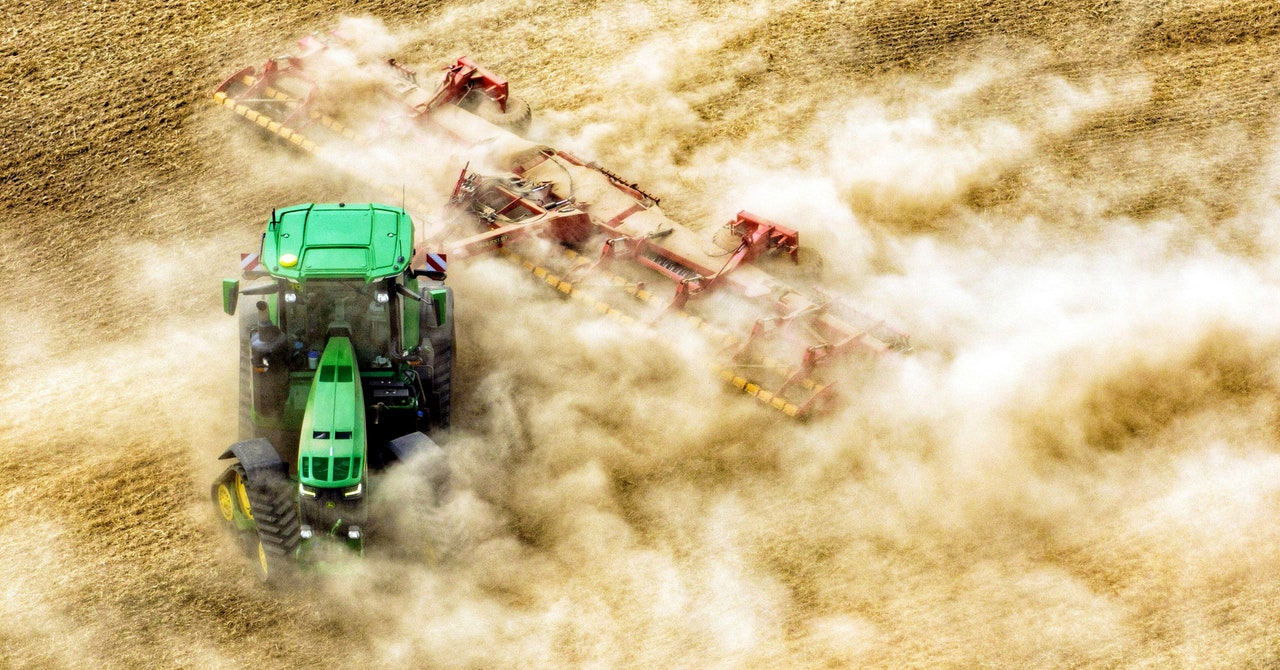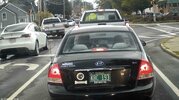kantonburg
New Member
- Joined
- Jul 19, 2019
- Messages
- 25
- Reaction score
- 2
- Location
- VA
- Country
- United States
- Dash Cam
- Viofo A119 V3
He is fairly accurate for low light conditions. In good lighting the Thinkware is probably a little better than he suggested, and if you are parked in good lighting then the Blackvue is a little better than he suggested.
I don't think he was very accurate with regards to the SoCs, a lot of companies use Novatek these days because they have become the best, but there is variety, and Novatek chips are not all identical.
Currently there is a lack of variety in the image sensors being used, which does result in a lot of similarity in performance, but that is just the current situation, wasn't true a couple of years ago, and won't be true in a year or two.
I note that you have the recommended camera!
I do.
Although in the video he mentions the A119V3 being as good as the U1000.
Though 3X the price throwing features out the window and just image quality. Shouldn't the U1000 being 4K (not sure of sensor) be a much better quality image?




